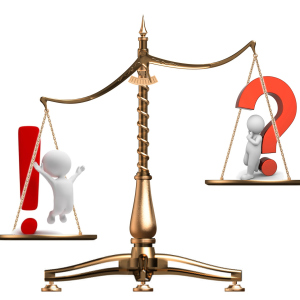From the fifth grade, schoolchildren begin to study the solar system. To make it easier for children to understand, planets around the sun are located and moved around the sun, the teacher of geography proposes to make the house layout of the solar system. Consider the most simple ways to perform the task.
Layout of the Solar System DIY - Help
Before proceeding with modeling, tell the child about the solar system, using our abstract:
- In the space space next to the Sun - the largest body of the solar system moves eight planets.

- Four planets are closer to the Sun - Mercury, Venus, Earth and Mars, which have a strong shell and are visible to the naked eye.

- Far group - planet giants. They have a gaseous structure and removed from daylight shine. These include - Jupiter, Saturn, Uranus, Neptune.

- In addition, there is an asteroid zone on the heavenly field, all planets have satellites, and multiple meteorites, comets, solid particles are constantly flying in the sky.

- Secure the theory: watch the night sky, find the polar star, a big naughty, admire the moon and millions of luminous stars on the Milky Way.

Layout of the solar system with your own hands - an option available
Before you start work, look at the ratio of planets in size so as not to be mistaken with proportions (photo above).
You will need:
- Several newspapers
- Gray toilet paper
- Bottle of the stationery glue
- Plywood
- Blue quick-drying paint
- Multicolored gouache
Start:
- Mind by the newspaper in a lump. Moisten it with water and roll the ball.

- Will wrap the wet toilet paper, twisting the bun, then dear it with glue, distributing fluid on the surface. Dry the balls - on the battery or simply in air, how time allows.

- While preventing the workpiece, prepare the celestial territory - cut the circle from plywood so that it matches the planets made and the child could take it to school without your help. Coloring the sky with blue paint, and Star Rosyper - Note with light glare.

- Based on the natural color, make the sun in yellow, Mercury - gray, Venus - yellowish, earth - bluish, Mars - purple. Jupiter Slow out orange, liquefying whims and reddish-brown stripes. Saturn Kraste Light green gouache, uranium - turquoise, Neptune - Gusto-blue. Send material on drying again.

- Cut for Saturn from brilliant paper rings. In the course of the case, explain to the child that this planet is surrounded in the equator area with flat rings consisting of ice floes, dust, wreckage of stones.

Important: Planets with respect to the Sun must be correctly fixed. Exact location See -here.
- Secure ready-made balls on self-drawing by screwing them from below to Phaneur.

The model of the solar system is ready, the five is provided.

Layout of the Solar System DIY - Simplified Option
The principle of this method is the same as in the first case: you need to make balls and attach them to a solid surface. The only difference is planets made from foam blanks.
Prepare:
- Cardboard
- Middle-caliber foam balls (buy in the store for creativity)
- Paints, brushes, glue
We work:
- Color the balls and the skill's cardboard (oriented to the item second)
- For Saturn cut two paper ring vklinte therebetween skewers-struts and glue. The inner sides of insert sticks into a ball.
- Paint the sky in a dark color and draw on it with yellow paint trajectory of planetary motion. Once dry, glue the balls in the field of cardboard and put them on a toothpick.

Excellent stepped layout, made of simple materials and their own hands. Yes, the child was in the wings, who not only learned how to work with paper, glue, paints, but also received some interesting information about our universe.

















